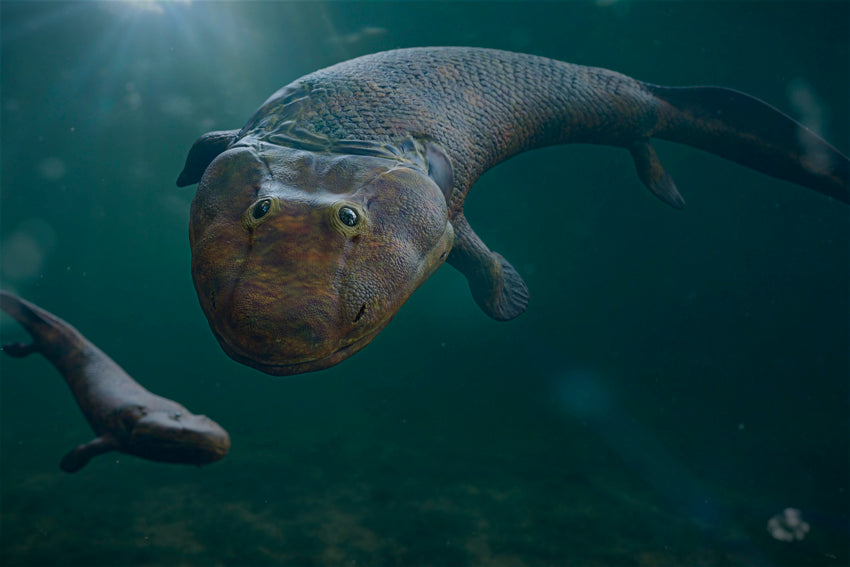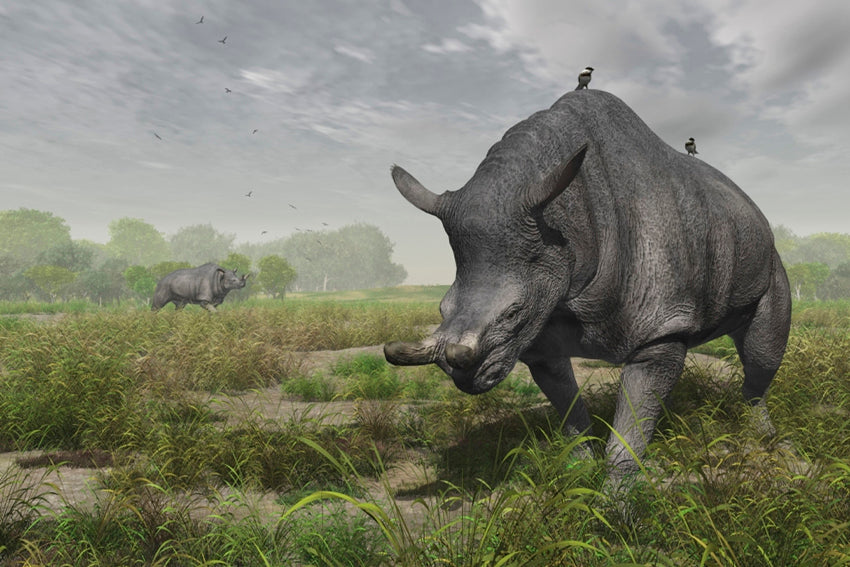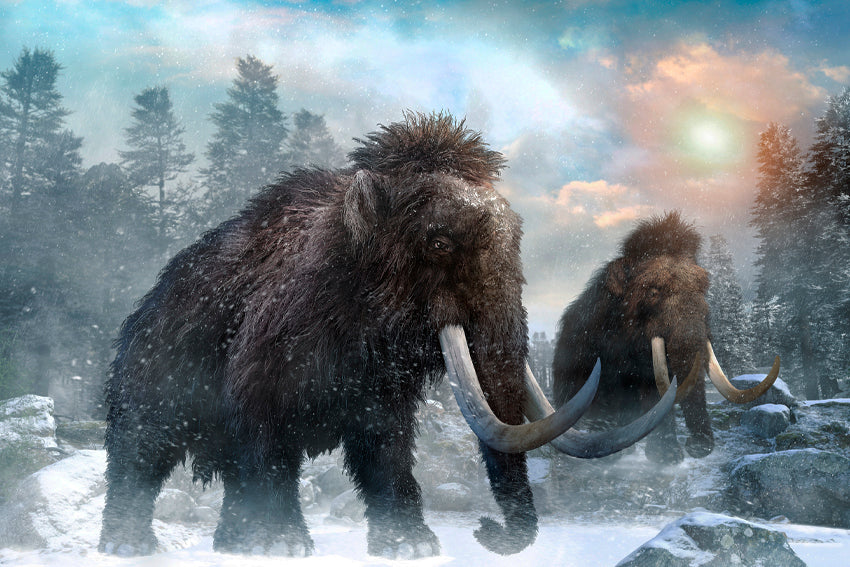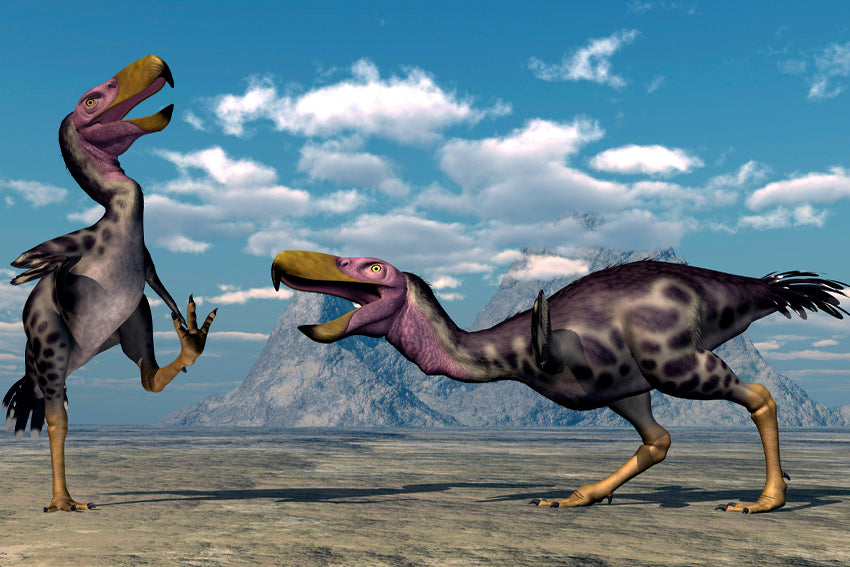The Devonian is the name given to the geological period that extended from the end of the Silurian (416 million years ago) to the beginning of the Carboniferous (358.9 million years ago).
The Devonian period was a time of great tectonic activity. The Euramerica (or Laurasia) continent arises at the beginning of the Devonian from the collision of the Laurentian and Baltic plates.
Small seas like those that would give rise to Tethys and the deep and enormous Panthalassa Ocean, covered the rest of the planet.
In this period there were important innovations in life on land, highlighting the first general expansion on the continents of life, which until then only had a significant presence in the seas. The expansion of land plants contributed, along with continentalization and orogenic uplift, to a progressive cooling of the climate, which produced the extinction crisis that marks the end of the period.
In the oceans there was a diversification of sponges, appearing siliceous, and flourishing reefs, based on corals, sponges and benthic algae. Brachiopods reached their moment of greatest success. The diversification of molluscs continues, appearing the first ammonoids. Trilobites are beginning to decline, but new forms are still appearing, including some very large ones.
This is the period of expansion of fish, especially placoderms, but also selacia (sharks), and osteichthyans, both sarcopterygians, from which terrestrial vertebrates derive, and actinopterygians, the group of vertebrates that currently rules the seas.

In the Devonian, vascular plants appeared, diversified and expanded, which from then on would dominate terrestrial vegetation, although at first they still appeared linked to flooded environments. At the end of the period, the continents are dominated by arboreal forms of lycopodiophytes, trimerophytes and progymnosperms, for example the lycopodiophyte Archeopteris, with 20 or 30 m in height, constituting the first forests. Fossil remains of trunks and leaves of tree ferns are part of many coal deposits from the Primary Age.
Vascular plants in turn allowed the formation of complex trophic chains and the success of the first fully terrestrial animals. Among these are the first arthropods, both chelicerates, spiders, mites, auripterids and scorpions. The first amphibians also appeared towards the end of the period, still very close anatomically to the fish from which they derive.
The end of the period is marked by a mass extinction crisis that affected the seas more than the continents, and more in the tropical latitudes than in the middle. The corals that had dominated the period became extinct, and it was not until the Triassic that coral reefs became important again. Many marine taxa suffered a sharp reduction in their diversity, with groups such as graptolites and tentaculites disappearing. Although global cooling is suspected as the main cause, the influence of an extraterrestrial impact is not excluded, for which several possible collision sites have been proposed.





Share:
Carboniferous period